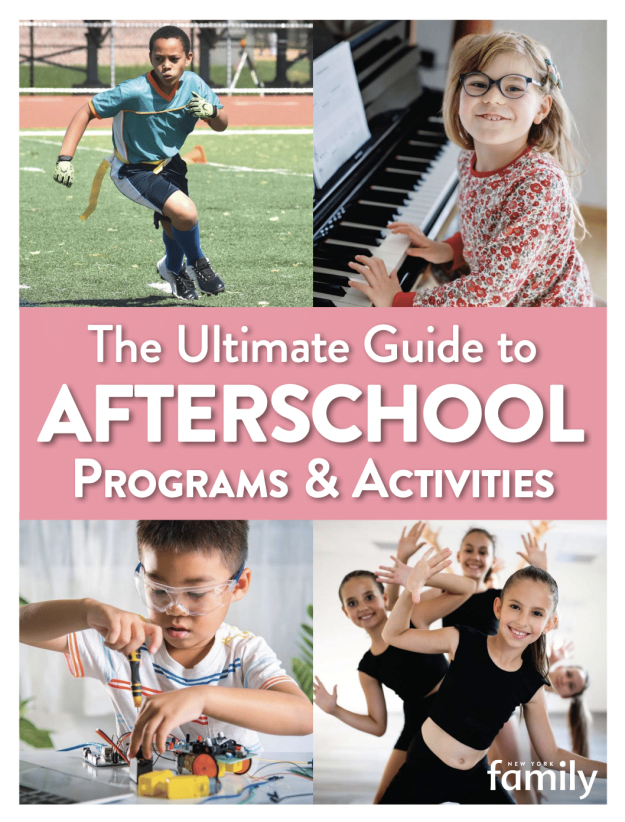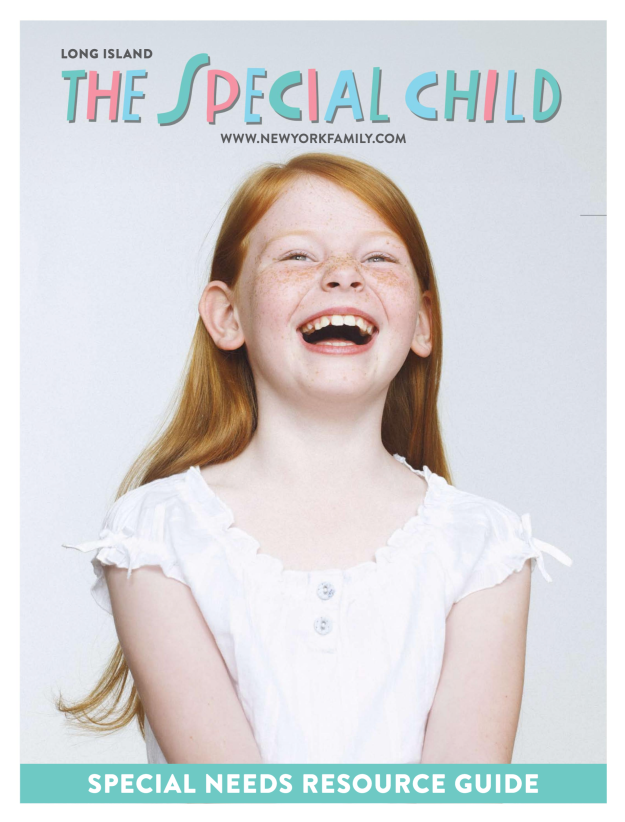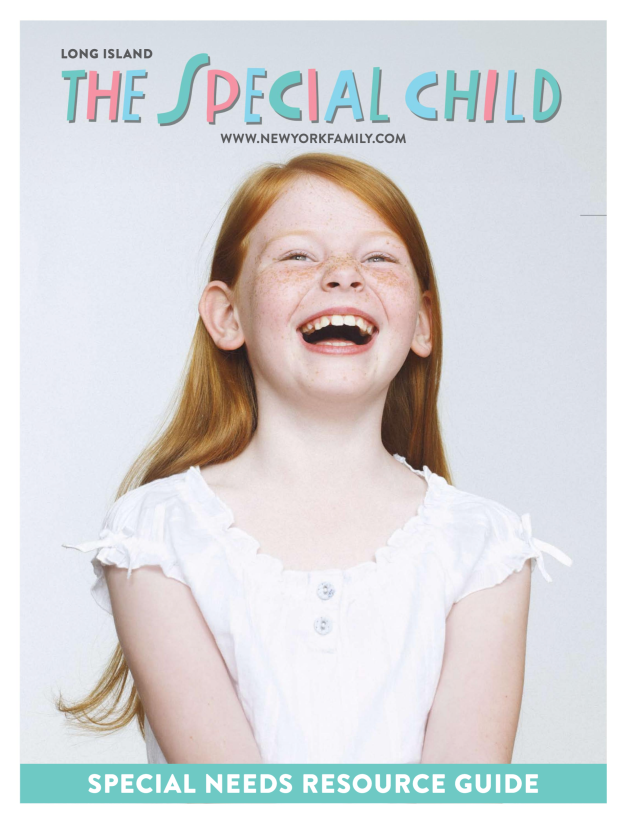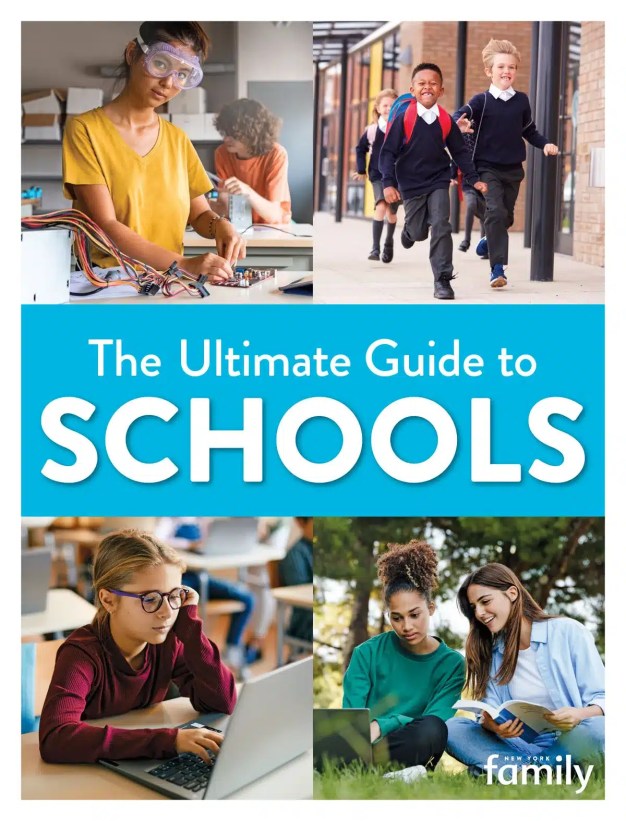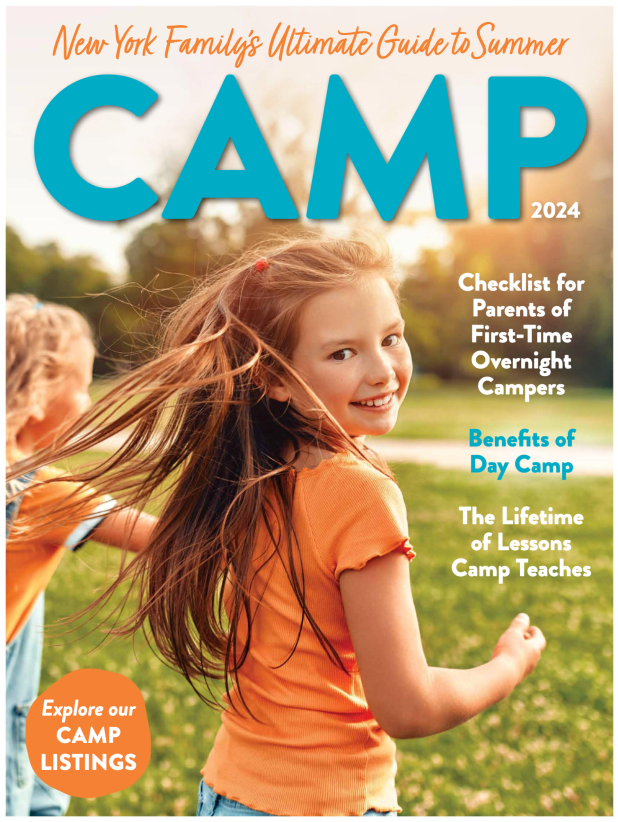Bedbugs are not the only pesky insects plaguing parents and
city schools. Enter head lice, a pest second only to the common cold in contraction
among school children. However, unlike bedbugs, lice can be painlessly
extracted and prevented. New York Family spoke with lice expert Adie Horowitz,
the owner of Licenders, Inc.—a company that provides salons and products for
lice eradication— to garner some advice about preventing, treating and stopping
the spread of head lice.
1. Prevention, Prevention,
Prevention. Horowitz recommends that parents and schools get tough on
teaching children about lice. Advise children not to share hats, helmets or hair
brushes. For children with long hair, put hair in braids and pony tails, and
advise kids from putting their heads close together as lice will crawl—they
cannot fly—from one to the next. Horowitz also advocates a prevention spray
created by Licenders that utilizes citronella to repel the bugs.
2. Learn The Signs
And Strike Early! If you see your child scratching their head vigorously,
it’s time to check for lice. Use a shampoo to kill the lice, and then go
through hair with a comb to eradicate nits. This process may take anywhere from
a few hours to a few minutes depending on the length and thickness of your
child’s hair. To ensure hat lice do not return and that all nits are combed
out, repeat this process for two weeks. Hoowitz also recommends that parents
check children for nits and lice every two weeks. The Licenders website
provides a kit, including everything from their all natural, chemical free lice
eradicating shampoo to a nit comb, for parents to stamp out lice.
3. Ignore The Myths
And Know The Facts. There are plenty of myths about lice and where they
come from, so it’s important to be able to separate fact from fiction. Head
lice don’t come from pets, can’t move to other parts of the body, and aren’t a
sign of poor hygiene. Here are the facts: Lice actually only affect humans. The
lice that affect the head (head lice) will not move to other parts of the body.
Lice are also not an indicator of poor hygiene as they do not like dirty,
greasy hair. Finding nits—or lice eggs—does not mean that live lice are
present, as nits take anywhere from
to 8 days to hatch. Parents should act immediately to prevent lice from
hatching. In fact, since nits are not contagious, a child with nits can attend
school as long as parents are acting to eradicate the presence of nits and
there are no live lice. The more parents know about lice, the easier it is to
prevent them and teach kids about them.
5. Contact Your
Child’s School. Having lice can be embarrassing for children, but it’s important
for parents to let schools know that there is a lice occurrence. All children
will need to be screened in order to prevent a school wide outbreak. If a
parent is adamant about not contacting the school to spare their child
embarrassment, Horowitz advocates making an anonymous call or, if the parents
contact Licenders for lice extraction, the company will alert the school
without naming the student.
Find out more information about lice at licenders.com.
Check out these other nearby lice experts and resources.
1. Hair Fairies.
This nationwide lice busting company has salons in Los Angeles, Chicago and New
York. In business since 1999, Hair Fairies uses FDA approved, non toxic
products to zap lice. Products can be found on their website.
2. The
company created by certified pediatrician Dr. Elin Cohen, provides house calls
and treats schools and summer camps. Dr. Cohen has also created an all natural,
pesticide free line of products to eradicate lice.
3. Licebeaters. This 14 year old business
serves New York, New Jersey, Connecticut and Florida. The Licebeaters will make
a house call to eradicate the pesky lice plaguing your child using all natural,
chemical and additive free products.





